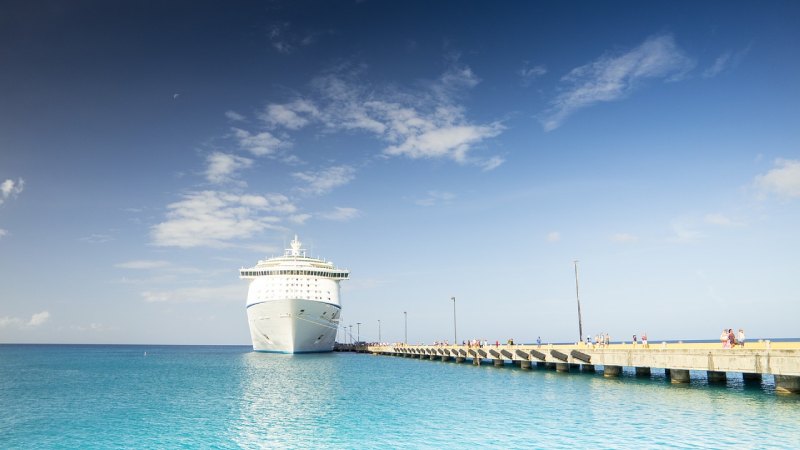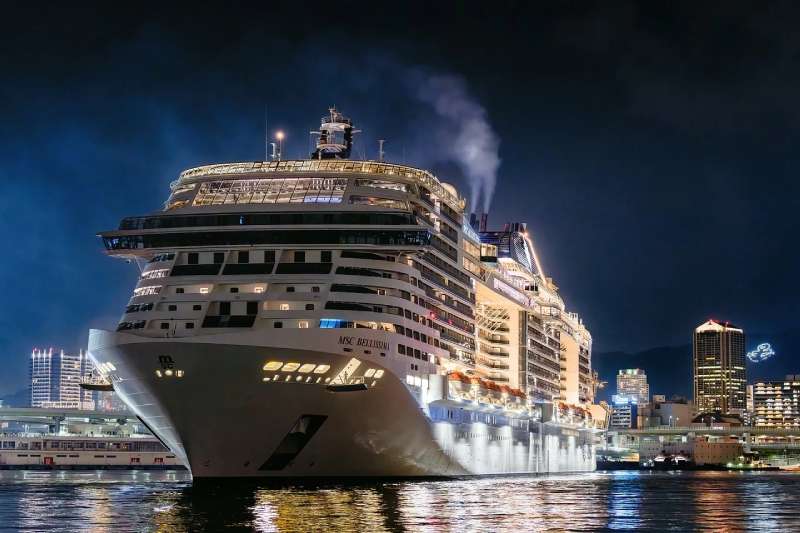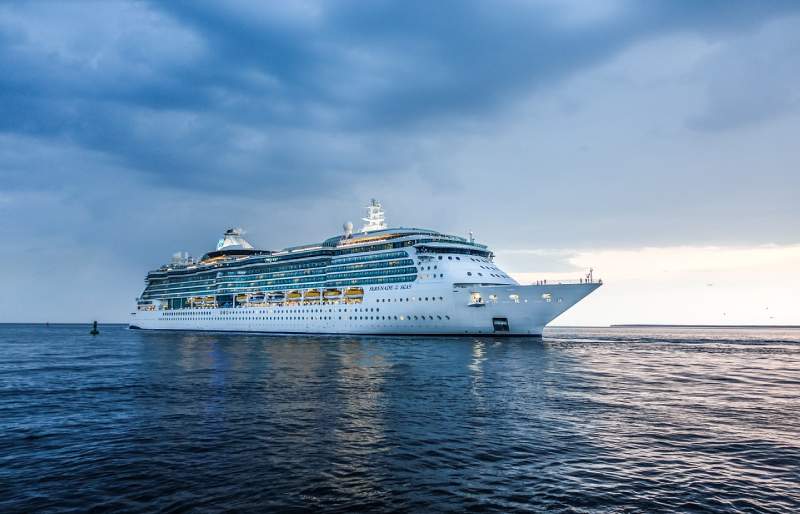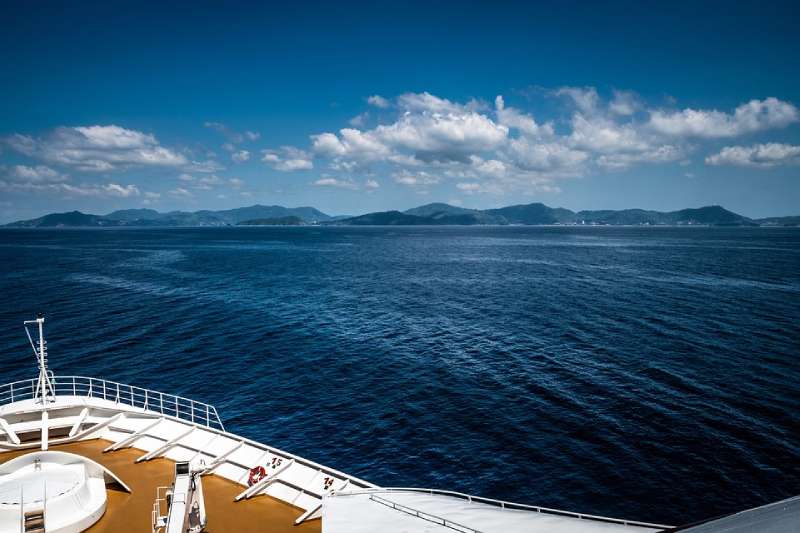Cruises to nowhere were once a popular option for travelers looking to enjoy the experience of life at sea without ever docking at a port. Passengers could board the ship, sail for a few days, and enjoy all the amenities of a cruise without a set destination. However, since 2016, these voyages have been banned in the U.S. In this article, we’ll uncover what a cruise to nowhere is, the legal reasons for their U.S. ban, and where they continue to thrive around the world.
What Is a Cruise to Nowhere?
A cruise to nowhere is a voyage that departs and arrives at the same port without making any port calls. These cruises typically last for just a day or two, making them ideal for those who want a quick taste of cruising without commitment. These cruises are centered around relaxation and entertainment, with the focus on the onboard experience rather than visiting destinations.
Cruises to nowhere are popular among travelers looking for a brief escape or those who want a taste of cruising before booking a longer trip. The experience offers all the amenities of a resort at sea, with entertainment, spa treatments, dining, and poolside relaxation. Since these cruises are shorter and avoid port fees from multiple stops, they tend to be more affordable than traditional extended cruises, adding to their widespread appeal.

Are Cruises to Nowhere Legal?
Cruises to nowhere were once common in the U.S., often leaving from cities like New York and Miami for three-night trips. But in 2013, a legal case involving the Bimini Superfast cruise ship signaled the end of these voyages. The ship’s operator was sued by U.S. Customs and Border Protection (CBP) for immigration violations because its foreign crew, working with D-1 visas, never technically left U.S. territory. Since the cruises didn’t stop at foreign ports, the crew was violating visa rules.
As a result, CBP began enforcing immigration laws more strictly, and by 2016, these regulations also covered the Passenger Vessel Services Act (PVSA). While the original case focused on immigration issues, it led to stronger enforcement of the PVSA, which requires foreign-flagged ships to stop at foreign ports when traveling between U.S. ports.
This tougher enforcement meant cruises to nowhere could no longer operate without complying with both immigration laws and the PVSA, effectively ending them. The PVSA wasn’t strictly enforced before, largely because there were few US-flagged cruise ships, with Norwegian Cruise Line’s Pride of America being the only major one. As foreign-flagged ships dominated the market, there was little incentive to enforce the law strictly.
Should You Take a Cruise to Nowhere?

Although illegal in the U.S., cruises to nowhere are perfectly legal in many other countries. Countries like Australia, New Zealand, the UK, Hong Kong, Singapore, and Norway offer such cruises. Cruise lines such as P&O offer such cruises from ports in Sydney, Melbourne, and Auckland. Other cruise lines like Carnival and Cunard also occasionally run such cruises.
A cruise to nowhere, when operated legally, provides a perfect gateway into the world of cruising for newcomers. Often marketed as a sampler cruise, they allow first-timers to experience the lifestyle onboard without the commitment of a standard, full-length cruise. This can be appealing for those unsure if cruising is the right type of vacation for them, as it provides a taste of what a full cruise would offer but in a condensed format.
These cruises are perfect for those seeking a quick getaway, as they typically last just a weekend. This makes them great for those with busy work schedules who can’t spare the time for extended vacations but still want a break from the routine.
Cruises to nowhere provide a wealth of onboard entertainment and amenities, focusing more on the ship’s offerings than on port exploration. These cruises attract guests who prefer to enjoy the luxury and activities of the ship itself—from spas and pools to fine dining and live entertainment—over the exploration of new ports.
However, these cruises might not be suitable for everyone. They aren’t ideal for travelers who thrive on exploring new cultures and experiencing diverse landscapes, as all the time is spent on board without any stops at different ports. Additionally, these cruises typically last only 2 to 3 days, so if you’re looking for a longer vacation, they might not be the best fit.
How Much Does a Cruise to Nowhere Cost?

Cruises to nowhere are typically more affordable than regular cruises, with interior cabins for a 3-night trip ranging from $200 to $400. P&O offers a 3-day cruise from Brisbane, priced at about $375 USD for an interior cabin, and around $530 USD for an oceanview balcony. These cruises usually have a lower base price because there are no port fees. Passengers also save money by not spending on shore excursions.
You can save even more on a cruise to nowhere by taking advantage of last-minute deals or booking during the off-season, with some fares dropping below $200. While the base fare includes accommodation, meals, and entertainment, extra costs for things like drinks, specialty dining, and activities may add up. Still, even with these additional expenses, a cruise to nowhere is a more affordable option for a quick getaway compared to traditional cruises.
Exceptions to the Rule

Cruises to nowhere are technically illegal under U.S. law due to the Passenger Vessel Services Act (PVSA), but there are rare exceptions. If a cruise is sailing between U.S. ports and its scheduled ports of call are canceled without any alternatives, it can end up becoming a cruise to nowhere by chance. For example, in September 2024, a Carnival cruise canceled its only port of call due to a cyclone, making the trip essentially a cruise to nowhere, even though it wasn’t advertised as such.
One notable exception to the PVSA is Norwegian Cruise Line’s Pride of America, the only large U.S.-flagged cruise ship. Operating entirely within Hawaiian waters, it is allowed to offer cruises to nowhere without violating the law. Since it sails exclusively within U.S. territory, Pride of America can legally depart from and return to the same U.S. port without needing to visit foreign ports, making it a rare exception in the cruising world.
Final Words
Cruises to nowhere offer a unique and accessible way for travelers to experience life at sea without the commitment of a longer voyage. While these cruises are no longer legal in the U.S., they remain a popular choice in many other countries. For those seeking a short, relaxing getaway filled with onboard entertainment, these cruises are a fantastic choice.
For first-time cruisers, a cruise to nowhere offers a great introduction to the cruise experience without the commitment of a longer journey. You can enjoy all the comforts and entertainment of the ship, giving you a taste of what cruising is like, while avoiding the pressures of planning port visits. However, if you enjoy exploring different destinations and cultures, a cruise to nowhere might not be the right choice for you, as it focuses solely on the onboard experience.

